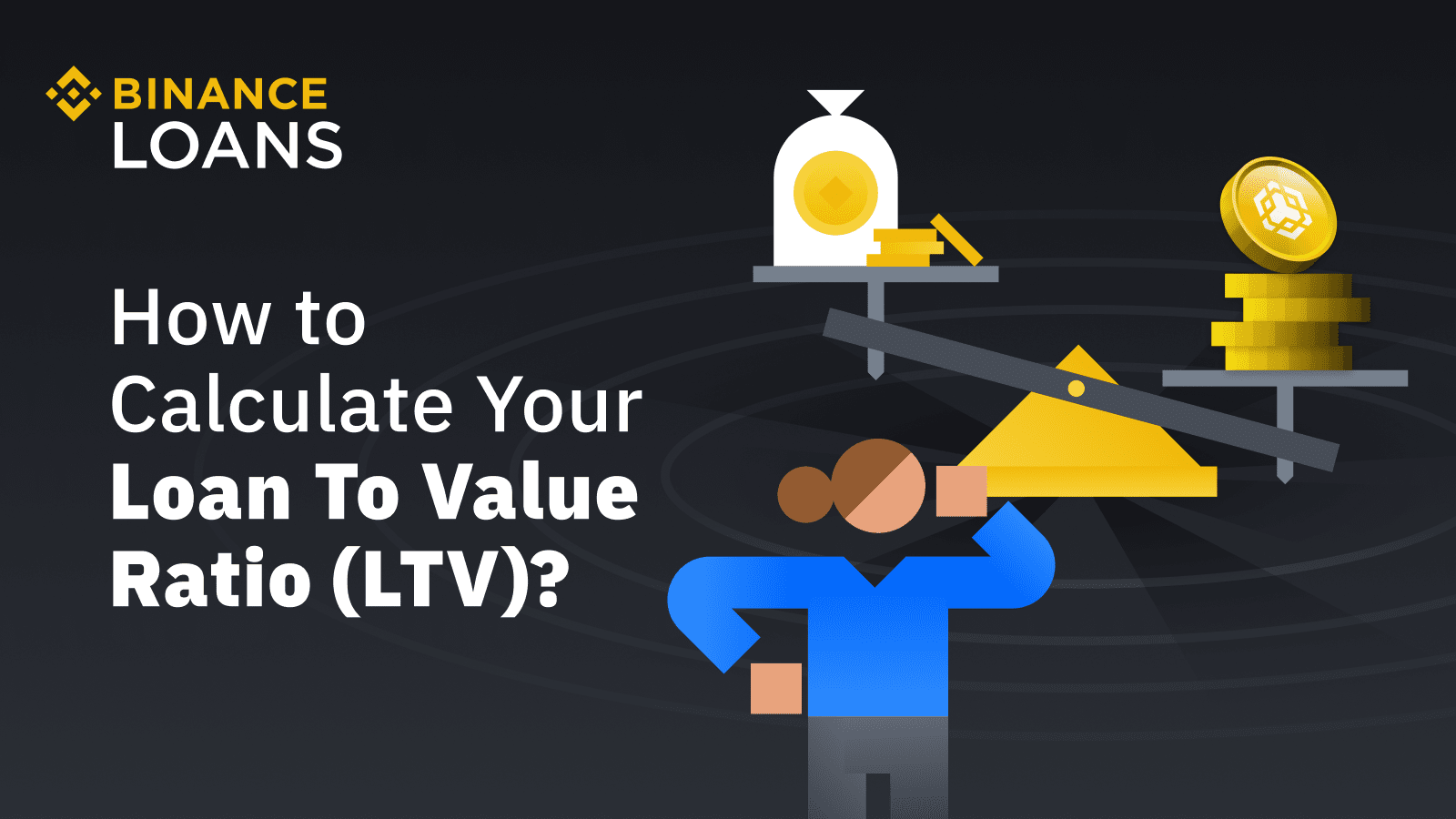Learn how to calculate your LTV and avoid forced liquidation here.
Learn how to calculate Loan-to-value (LTV) ratios to avoid liquidation, liquidation fees and disruptions in your crypto trading and investing plans.

Experienced traders borrow crypto for spot, margin and futures trading to increase their dc
position size and amplify their trading performance. Binance Loans supports the borrowing of several cryptocurrencies, including BTC, ETH, BUSD and USDT to help you do so.
Looking to boost your trading performance? Binance Loans is a lending solution that allows users to access crypto loans at competitive rates to increase position size. However, this approach to trading also carries more risks as your position may be liquidated quickly if the market moves against you. Therefore, it is important to always do your due diligence before entering riskier trades involving loaned crypto. Understand the concept of LTV to better manage your crypto loans and positions.
What is Loan-To-Value (LTV)?
Loan-to-value (LTV) is the ratio of your loan to the value of your collateral. Traditionally, LTV is an assessment of lending risk examined by financial institutions and other lenders before they approve of a mortgage. Typically, loan assessments with high LTV ratios are considered higher-risk loans. Therefore, if the mortgage is approved, the loan will generally also have a higher interest rate. On the contrary, the lower the LTV ratio, the greater the chance that the loan will be approved and the lower the interest rate is likely to be.
Loan-To-Value (LTV) Ratio Used In Binance
Binance Loans uses LTV to measure each individual’s lending risk. LTV is the ratio of the value of your loan to the value of your collateral. You can check the price used to calculate the values using the Index Price page. Note that different assets used as collateral have different initial LTVs, which means that when you use different coins as collateral of the same value, the loan you take is of a different value as well. If your LTV is higher than the Liquidation LTV, you will be informed to add more collateral or repay your loan. If your LTV is higher than the liquidation LTV, the system will liquidate your collateral to repay your loan.
Calculating Loan-To-Value (LTV) Ratio
Below is the formula used to calculate the Loan-to-Value ratio.
LTV = Loan Amount / Collateral Amount x 100%
Loan Amount = Principal + Interest
Visit this User Manual for an in-depth guide to calculate or adjust your LTV ratio.
Forced Liquidation and How to Avoid it
When does forced liquidation occur?
If you have put up collateral to loan crypto, when your LTV ratio reaches the Margin Call level, you will receive a margin call notification prompting you to add collateral to reduce the risk of liquidation. Forced liquidation happens when a position is forcefully closed due to a partial or total loss of one’s initial margin. Binance does this to protect traders from incurring any additional losses by reducing further market exposure.
When the LTV ratio reaches the Liquidation Call level, it will trigger a forced liquidation on your collateralized assets, and you will receive a liquidation call notification. Upon liquidation, a liquidation fee of 2% of your loan amount will be imposed.
Disadvantages of forced liquidation
Being forcefully liquidated may put you in a disadvantageous position as your positions are automatically closed. Since you no longer have open positions in the market, you may miss out on profit-making opportunities should the market condition improve. In addition, because you are not voluntarily liquidating your assets, you do not have a choice in when to sell your assets, which means that your assets may not be sold for an optimal price. Finally, forced liquidation also incurs a fixed fee of 2% of your loan amount.
Adjusting LTV to avoid liquidation
Due to the volatile nature of the crypto market, liquidation can be a common occurrence for people who do not monitor their assets. In addition to being disruptive of your plans, liquidation also incurs unnecessary liquidation costs and could cause you to lose your current position in the market. To mitigate the chances of being liquidated, especially during extreme price movements, users are recommended to monitor their LTV regularly and adjust timely.
Step 1: Sign into your Binance account.
Step 2: Go to the [Ongoing Orders] page under Binance Loans and click [Adjust LTV].
Step 3: Adjust your LTV by moving the LTV bar, or manually add or remove the collateral amount.
Step 4: Once you are done adjusting, click [Add Collateral] or [Remove Collateral] to confirm your LTV adjustment.
For more details, please refer to the user manual.
Conclusion
Traders can loan BTC, ETH and other major cryptocurrencies to take part in futures or margin trading to amplify their trading performance. However, these strategies involve higher risks and require traders to always do their due diligence to reduce the risk of large losses. While it is impossible to predict the market, you can take precautions to avoid liquidation when borrowing crypto by monitoring and adjusting your LTV regularly.
Read the following support items for more information:
(Support) What are Binance Loans?
(Academy) Interest Rates Explained
And many more Binance FAQ topics…
Disclaimer: Cryptocurrency investment is subject to high market risk. Binance is not responsible for any of your trading losses. The opinions and statements made above should not be considered financial advice.

